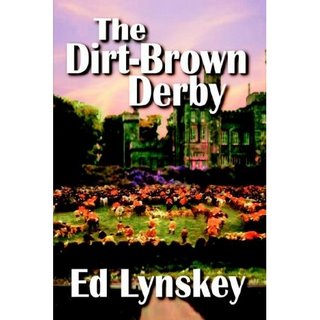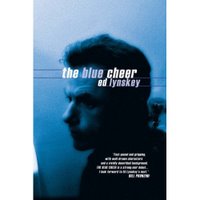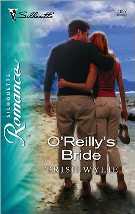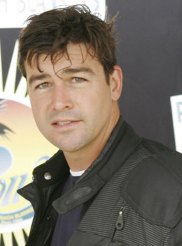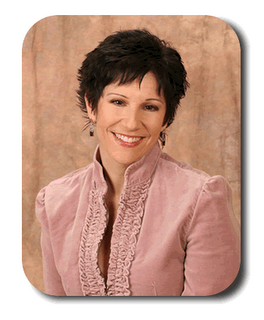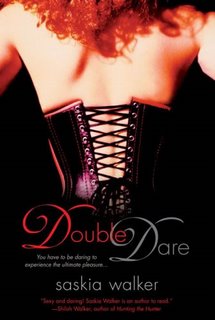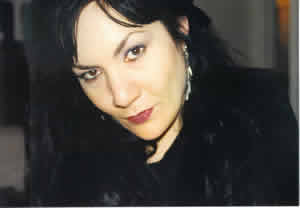Julia Ross - Clandestine
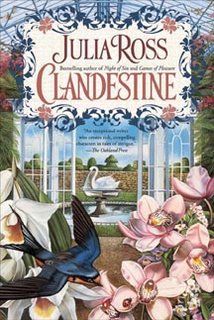
As the third book in the Wyldshay trilogy, Clandestine of course belonged to Guy Devoran. Guy had enthralled me ever since the moment I first met him bending over that sailor’s dead body in Night of Sin, when he glanced up at me with those dark brown eyes. When he turned up again in Games of Pleasure -- once again without hesitation abandoning his own life to help his cousins -- there was no question that Guy was destined to be a great hero. He was a powerful duke’s nephew. He was handsome, chivalrous and clever. But what were those private affairs that Guy never explained? What were his secrets? I knew all about Wyldshay Castle, but what about Guy’s own family? There was some great mystery about him that I was going to have to uncover, so a great big chunk of my inspiration for Clandestine began right there.
Meanwhile, surely his heroine had to be Rachel Wren, the beautiful, mysterious blonde who had spent a day with Guy in Night of Sin? Instead, the moment I sat down to write Clandestine, Rachel’s cousin, Sarah Callaway -- a forthright, redheaded widow -- stepped in to take over. Since Rachel had mysteriously disappeared, Sarah feared that some unknown villain had abducted her. It was such an interesting and unexpected complication, that I knew I was going to have an exciting time with this one!
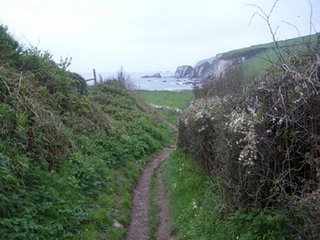
I go home to England almost every year to follow my nose into all kinds of interesting places. This time, it began in a thatched cottage in a tiny village on the south coast of Devon. Centuries-old smugglers’ paths led down to unspoiled, hidden coves. Wild ponies scattered into the mist when I hiked up onto Dartmoor. I drove along a labyrinth of twisting country lanes to visit fabulous stately homes, many of them preserved almost exactly as they’d been in the Regency. Now that’s inspiration! And almost all of it
 worked its way into Clandestine. (See my photo gallery at http://www.juliaross.net/)
worked its way into Clandestine. (See my photo gallery at http://www.juliaross.net/)Another theme surprised me by simply appearing as I wrote, as clearly as an image in a dream, when Sarah attends a ball and finds herself looking for Guy in a hothouse filled with orchids. Why orchids? I knew almost nothing about orchids! Yet I soon discovered that orchid collecting was a serious craze in late Regency England. These fabulous flowers were among the most exotic, exclusive, and expensive possessions any gentleman could own. Since the blooms are also incredibly sensual, they soon haunted the entire book, as if driving Guy and Sarah into an irresistible passion. Meanwhile, even as their love started scorching the pages, all those secrets were turning out to be darker and more compelling than I’d ever expected.
All these apparently disparate threads soon began to weave together, almost as if they’d been planned that way. Yet the truth is that I start each of my novels as if I were plunging without a map into an unknown country, desperately hoping that I’ll reach some magic city at the end. Fortunately, Guy and Sarah were so honorable and compassionate, and so much fun to be with,
 that I was determined to see them through to a grand happy ending, whatever the odds! That probably sounds pretty chaotic and it is, but it makes every day’s writing truly exciting for me, and I guess it’s been working: Clandestine just earned my eighth consecutive “Top Pick” review from Romantic Times.
that I was determined to see them through to a grand happy ending, whatever the odds! That probably sounds pretty chaotic and it is, but it makes every day’s writing truly exciting for me, and I guess it’s been working: Clandestine just earned my eighth consecutive “Top Pick” review from Romantic Times.